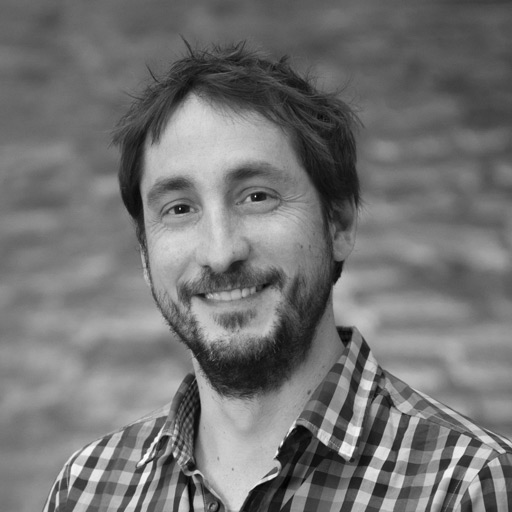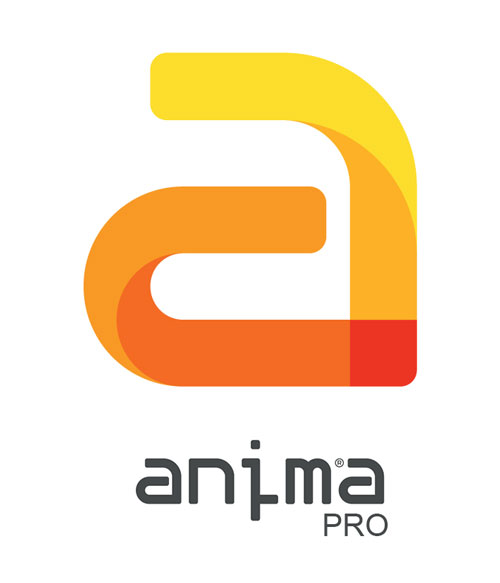Author:AXYZ DESIGN
Date:2021-04-13
ENTROPY STUDIO'S LATEST NETFLIX PRODUCTIONS FEATURING ANIMA®!

Entropy Studio is one of the most important VFX design and development studios in Europe with more than 20 years of experience in the market. We have the honor to interview Jordi Costa, VFX Supervisor, who will help us learn a little more about the world of computer graphics applied to the film and television industry.
In addition, we will discover how his team has used anima® in some of the most recent Netflix® productions.
1. Welcome Jordi, what can you tell us about your professional experience and in particular your experience at Entropy?
I started in this field about 25 years ago in Barcelona and since then I have participated in a wide variety of projects in advertising, film, and virtual reality among others.
During all these years we have experienced a great advance in the profession, both technologically and in terms of training. Twenty years ago, the learning resources available were scarce and the training offer was almost non-existent.
It was a craft profession, very handcrafted, in which we trained ourselves day by day, as we went along.
Today at Entropy I am a visual effects supervisor, leading the technical, artistic, and production staff, and managing the visual effects project from conception to completion in order to achieve the director's or producers' objectives.
2. How do your culture and professional background influence the way you create visual effects? Is there a Spanish imprint in your work?
I believe that culture has more influence on how we deal with the client than on the work itself. The final result of the project is similar regardless of the country from which the effects were made. As for training, I think that nowadays it is quite globalized since part of it can be done online.
Although it is true that in our team there are professionals of different nationalities and cultures, in Spain, we are more flexible than in other countries when it comes to adapting to the possible changes and transformations of a project, and I consider this to be a unique and fundamental characteristic of our company.
I believe that what is "Spanish" is manifested in the human treatment with the client and in the way in which we get involved in a project, in a very sincere and genuine way.
3. Many people believe that VFX is fundamentally the result of technical mastery. However, you define yourselves as the result of the union between technology and creativity. When and how does the latter take place? Where do you look for inspiration?
It is true that a great technical mastery is needed, but without an adequate underlying base of creativity, the result is distorted. Creativity must be incessant throughout the entire creative process, from the beginning to the delivery of the project. To forge creativity we need inspiration, which can come from any event that surrounds us, from any detail of the film's script, and to get it, the constant search for references is essential.
4. The visual effects market is growing and becoming increasingly competitive. What is the key to differentiating yourself from other companies?
Where we want to differentiate ourselves is in the human and personal treatment, that is our bet, we want to move away from those companies that look like factories with taximeters and treat the customer like just another number!
5. Do you maintain specific stylistic characteristics that make you unique?
No, but I am convinced that the personality of our work is the result of great sensitivity to what we do. This is, without a doubt, our main characteristic.
6. Is it possible, as in music, gastronomy, architecture, to recognize Spanish characteristics in your work?
I don't think you can define any kind of nationality when it comes to special effects. All VFX studios tend to use the same software and tools and employ artists and professionals from all over the world and, above all, we work more and more in an international market.
7. You have worked on many productions, from TV series, films, and advertising that involve different challenges, times, and budgets. What are the differences between these productions?
There are countless differences between fiction, advertising, or virtual reality project. First of all, the timescales involved are very different and, consequently, the techniques and resources used are also very different, affecting production costs and resources. For example, an immersive VR project requires more technical resources than other types of projects.
8. When we saw some of the recent productions on Netflix, such as High Seas or Cable Girls, we were very proud to be able to do our bit with our anima® software and AXYZ design's 3D characters. Why did you choose anima? What makes it different from other more sophisticated crowd simulation software?
We have chosen anima® especially for its agility, speed, and ease of use, which I consider to be its main advantages. In addition, it offers a minimal learning curve with very contained costs.
9. In which footage did the 3D people play a key role? Please share some of them.
For the Netflix series High Seas or Cable Girls, we used anima® extensively. Given the number of episodes in the series and the tight deadlines, anima® was the ideal tool to achieve very realistic results in a very short time.
10. Exactly one year ago, we launched anima® 4 with the introduction of 4D digital human characters made with new volumetric scanning technology. What do you think of them?
They are a great tool and the integration with the virtual environment and scenarios is very realistic, as, unlike traditional green screens, they are completely 3D. The creative freedom this provides is immense, as we are not so dependent on the final lighting of the scene, but can modify it if necessary. As this new technology advances, it will become more and more interesting when it comes to requiring specific acting or costumes, as in many productions we need ad-hoc characters.
11. Do you think they can somehow replace the traditional green screen?
No, I don't think they are meant to replace them, but rather to coexist with them. I see them as a new tool at our disposal that, in combination with other techniques, can help us achieve more impressive and realistic results.
12. Just out of curiosity, what programs and tools do you consider indispensable for your work? What "ideal" tool that does not yet exist would you like to see created to improve your work?
We use a lot of software and plugins and clearly, all of them are important, but at the same time, replaceable by others. However, I feel fortunate to already have the "ideal tool", an established team of professionals that is much more difficult to replace.
It is our human resources that allow us to be unique!
13. We live in a very specialized world in which work teams are a complex combination of professions. What kind of academic background do other members of Entropy have? Are there any architects on the team?
The formation of our team is very varied, with architects, designers, art historians, and even students of fine arts. All of them, with their diverse skills, nurture the company during the daily work in many aspects. As if they were well-oiled gears, they achieve an essential harmony to obtain the same final result: to move the creative machine.
14. Real-time engines and rendering techniques are evolving rapidly. Nvidia has recently released RTX graphics cards with real-time Ray Tracing. How do you think these advances can influence VFX production?
Technological innovations have always been a key component for the development of our profession. The new real-time rendering tools provide us with great agility both for the generation of pre-visualizations for the shooting and for the creation of fast renders for the final composition.
15. What do you think of the virtual productions being pushed by Epic Games with Unreal Engine?
In my opinion, these tools offer new and exciting opportunities for innovative audiovisual productions. It's a breakthrough in the industry because it allows us to visualize, light, and adjust effects in real-time directly on set, bringing us closer to the production than ever before.
16. In your curriculum we see that you have worked on immersive virtual experiences. What can you tell us about the evolution of VR/AR in the film industry?
I think it is still too early for mass consumption of immersive virtual experiences to compete with film and television in terms of entertainment, visual quality and complexity. However, as I mentioned in my previous answer, today they already offer a technical solution that contributes greatly to the agility of a production. They save a lot of time in testing lighting effects, materials and atmospheres in real time.
17. Finally, what is your fear, if any, and the biggest thrill you get from working in VFX?
Fear? Not at all! VFX development is a constantly growing field, creating new challenges and opportunities for all professionals involved in this sector.
MAIN OFFICES:
SPAIN
MADRID (HQ)
C/ Vandergoten 1,
CP 28014
(+34) 976 203 297
SPAIN
ZARAGOZA
C/ Hermanos Argensola 2
local, CP 50001
(+34) 976 203 297
WEBSITE:
Entropy Studio works with anima® PRO and metropoly® 4D Digital Humans:
